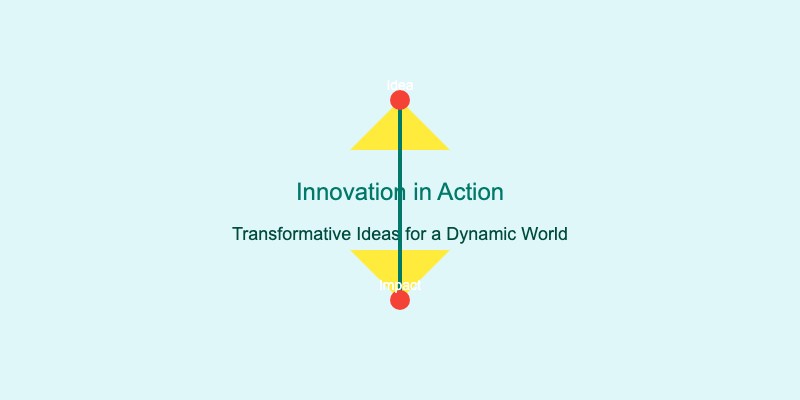Innovation is the pulse of progress, transforming how we live, learn, work, and connect. It’s more than a trend; it sparks change, solves problems, and pushes boundaries. From classrooms tco healthcare, innovation drives the profound shifts shaping our world. But what exactly is innovation, and how can societies harness its potential for a brighter future?

What is Innovation?
Innovation, as Peter Drucker describes, is an economic and social concept, not just technical progress. Broadly speaking, innovation is about introducing something new, be it a technology, a method, or even a way of thinking, with a focus on usefulness and improvement. Often driven by “creative destruction”, it challenges established norms to envision better solutions. From AI to social innovations in healthcare, innovation enhances efficiency, adaptability, and unlocks new possibilities across industries.
Breakthrough Ideas: Innovation Across Industries
Technology: The tech industry is a prime example of rapid innovation, with developments like the internet, smartphones, and AI transforming communication, work efficiency, and creativity.
Healthcare: Innovation saves lives in healthcare. Telemedicine and wearable health tech improve remote access, while biotechnology breakthroughs, like CRISPR, open new treatments for genetic disorders.
Sustainable Energy: Combating climate change depends on sustainable energy innovations. Solar, wind, electric vehicles, and smart grids provide cleaner, cost-effective alternatives to traditional energy.
Agriculture: Innovation in agriculture enables sustainable practices. Precision agriculture technologies, such as drones and satellite imagery, help monitor crops, optimize resources, and support food security with climate-resilient crops.

The Innovative Mindset
The true driver of innovation isn’t capital or technology but a mindset, one driven by curiosity, resilience, and a willingness to take risks to seize new opportunities. It requires:
- Curiosity and Openness: Innovators challenge assumptions, ask questions, and seek knowledge, understanding that new ideas often come from connecting unrelated concepts.
- Adaptability: With change inevitable, adaptability is key. Innovators and organizations stay flexible, seeing failures as growth opportunities rather than setbacks.
- Collaboration: Powerful innovations emerge from diverse collaboration. Teams with varied backgrounds and perspectives generate breakthrough ideas by addressing problems from multiple angles.
- Vision: Innovators look beyond the present, anticipating future needs and trends, positioning themselves to drive impactful change.
Innovation is about empowering people, driving change, and progress. It’s an evolving process, shaped by the journey as much as by outcomes. It sparks the creation of transformative products and experiences.
The Role of Innovation in Society
Innovation has a profound impact on society, addressing issues like poverty, inequality, and climate change through social innovations like microfinance and digital platforms for social good. It empowers marginalized communities and supports inclusive growth. Innovation also strengthens societal resilience; in crises like natural disasters or pandemics, it provides critical solutions, as seen during COVID-19 with rapid vaccine development and remote work technologies. This adaptability highlights the role of innovation in building a sustainable and resilient future.
Conclusion
Innovation goes beyond driving progress; it paves the way for resilience, adaptability, and impactful change. Anchored in curiosity, collaboration, and a readiness to question the status quo, innovation equips us to tackle today’s challenges and prepare for what lies ahead. By adopting this mindset, we foster economic growth, solve critical issues, and lay the foundation for a future that is more inclusive, sustainable, and vibrant for all.